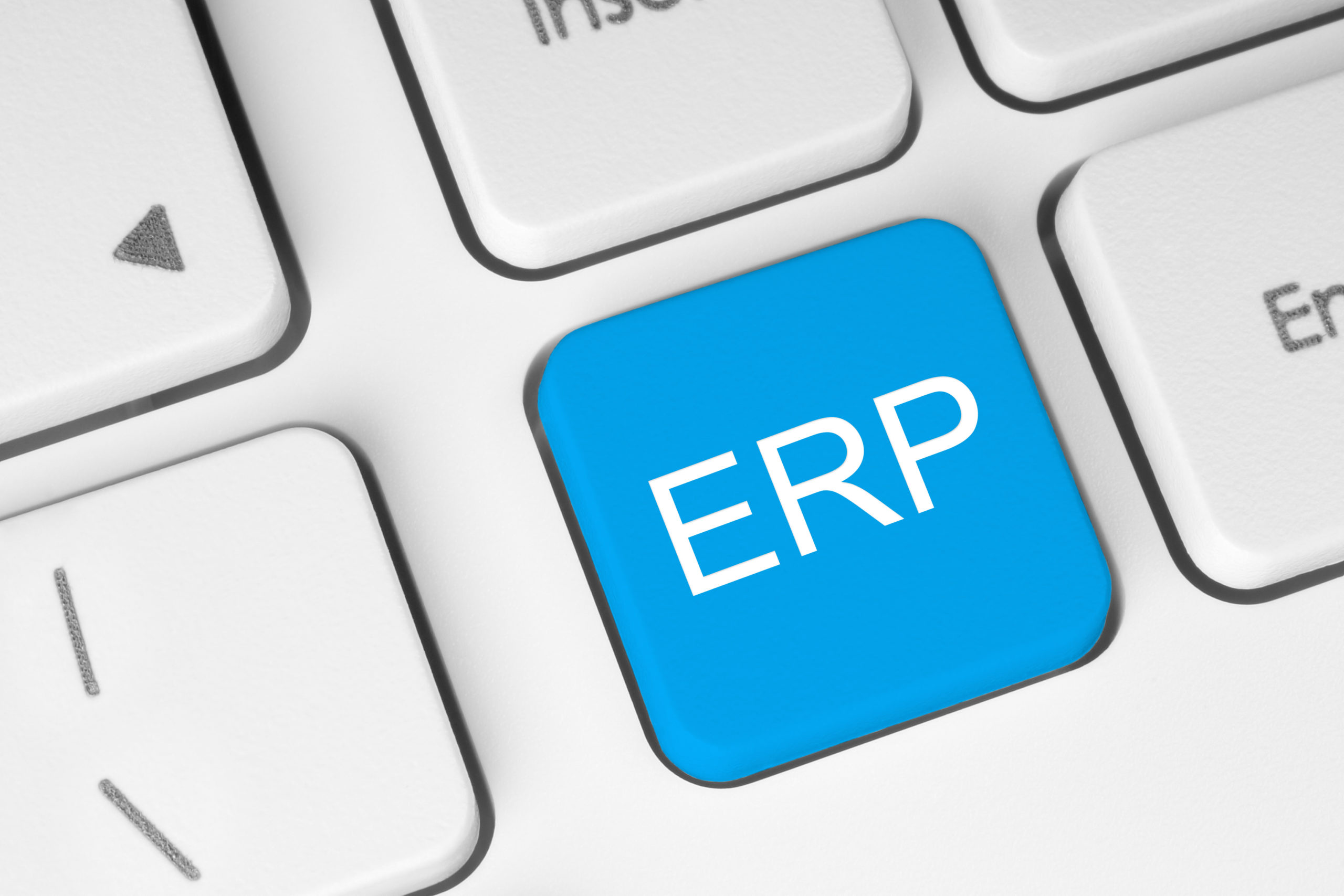3 ways Trusted Data Critically Impacts SAP Migration
If you’re considering starting an SAP migration project, you may be weighing the benefits against the amount of work required. An SAP migration can benefit your organization in several ways, such as increasing cost-efficiency, accelerating project timelines and reducing risk. In a previous blog, I shared key considerations for an SAP migration project, with delivering trusted data topping the list. Now, let’s explore how trusted data impacts the cost, time and risk associated with an SAP migration.
The Key Attributes of Trusted Data for SAP
The data stored in your SAP system informs the key decisions impacting your business operations and processes. So, data stewards along with data engineers often feel a responsibility to ensure that employees across the organization — whether they’re SAP or non-SAP users — feel confident in leveraging this data. Here are a few data attributes you can use to substantiate or validate the data in your SAP system as trusted:
Timeliness: Your data should be up to date and available when needed. Timeliness plays a central role in preventing the delivery of outdated information. It helps ensure that you are responding to current market conditions and can provide real-time or near real-time reporting to management.
Completeness: You can evaluate the completeness of your data based on the data domain it belongs to and the attribute information needed for that domain. For example, you may have customer data from a sales transaction. If the address field is missing, it would be considered incomplete due to potential delivery issues. In a different case where you need access to both supplier and product data for retail operations, missing supplier contact information or product attributes would be detrimental.
Integrity and consistency: When you migrate data from your legacy SAP system to S/4HANA, your data model changes. Data consistency ensures that your data remains the same during this process. For example, your data on a person’s age should remain the same irrespective of the date of birth formats used before and after the migration.
Validity and accuracy: Your data is valid and accurate when it reflects the true or intended values and conforms to the pre-set standards. For example, a nine-digit mobile number entered by a user is invalid if your system requires it to be 10 digits. This helps you confirm that there are no outliers and instills trust in the data set.
Uniqueness: You may encounter a situation where consumers interact with your business through a variety of channels and consume multiple different products or services. However, in this case you may gather and store customer information in different SAP systems due to varied channels of interaction or individual business units collecting and storing data in silos. Ensuring uniqueness helps you create a single source of truth for customer, vendor or product data that is visible to your business stakeholders.
How Trusted Data Impacts SAP Migration
Now that you understand how to evaluate the trustworthiness of your SAP data, let’s look at how different data management capabilities come together to deliver these attributes and help reduce costs, accelerate timelines and reduce risk during an SAP migration project.
Accelerating Migration with Data Integration
If your enterprise data is spread over multiple legacy ERP systems, you need to be able to quicky gather your data from virtually all sources — including on-premises and streaming data sources — to provide a complete picture of the available data sets to your data consumers. This means you need to ingest a vast amount of data into a data lake or data warehouse layer.
In some cases, you may want to integrate and push data from multiple legacy systems directly into a master data management (MDM) system for faster time to value. Or you can use data replication services to help keep your customer / product data up to date via automation. These capabilities can help shorten timelines and prevent delays on large-scale migration projects.
Reducing Risk with Data Quality and Governance
Managing the risks of data migration to S/4HANA requires both careful planning and meticulous execution. Lacking a holistic approach to data governance can derail your migration efforts by exposing your data to a range of data quality, data security, data privacy and compliance risks.
Data validity and accuracy are critical aspects of data quality that directly impact the performance of your SAP system. There could be several reasons behind invalid and inaccurate data. Data quality monitoring tools help you easily identify these types of data issues and recommend steps to improve them. This helps reduce your risk of delivering untrustworthy insights. Similarly, data lineage capabilities allow you to track and see changes made throughout the data lifecycle, thus maintaining the integrity and consistency of your data.
Beyond that, you also need to ensure your data meets prescribed quality standards as it moves across data pipelines. Data quality monitoring and observability tools help identify and remediate data quality concerns early and prevent inaccurate data from making its way into the new SAP system.
A robust data governance policy includes predefined data quality rules and data lineage resources. It also safeguards your data from unauthorized access by helping to ensure that regulatory and compliance mandates are enforced while democratizing data sets across your SAP and other cloud applications.
Advanced AI copilot capabilities can augment your manual efforts to discover critical data sets, classify them and ensure their migration is orchestrated as per your defined governance policies. This will help ensure your data stakeholders can fully assess and mitigate associated risks, which can happen only if they understand data lineage, relationships and transformations.
Bringing Cost-Efficiency with Master Data Management
MDM helps ensure that your users have a single and consistent view of your data scattered across multiple SAP systems. Leveraging techniques such as identity resolution, reference data management and hierarchy management, MDM creates a golden record for a specific data domain, such as customer, product, vendor or supplier. This drastically reduces the overall license and maintenance costs in S/4HANA, as now you need to deal with fewer records than were in your legacy systems.
Jumpstart Your SAP Migration
For an SAP migration program, enterprises should look for solutions that provide an array of data management capabilities, including data integration, data governance, data quality and MDM. These data management capabilities will enable you to tap into the potential provided by SAP S/4HANA.
Don’t forget to look for automation and intelligence powered by AI copilot capabilities in your data management solution to drive efficiency and productivity. Stay tuned for a future blog in this series that will detail multiple ways you can augment AI capabilities and automate a range of data management tasks critical to your SAP migration efforts.
If you’re ready to start your SAP migration, leverage the Informatica Intelligent Data Management Cloud (IDMC), a one-stop solution providing a range of data management and AI capabilities to deliver the trusted data you need.




